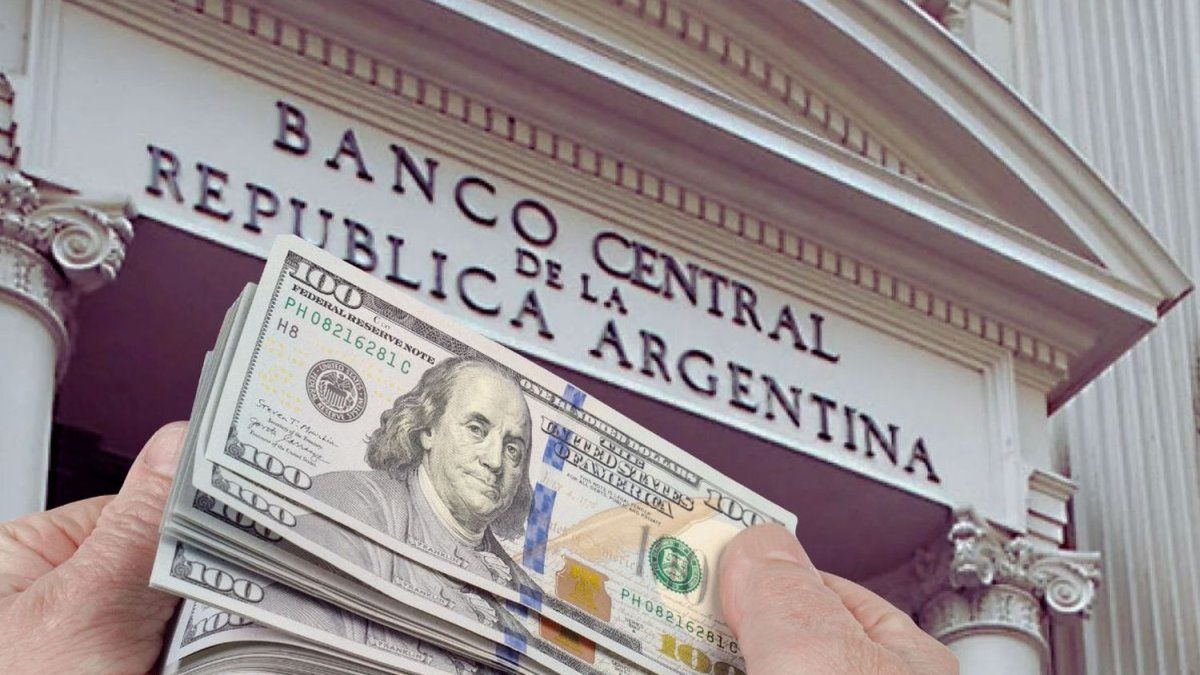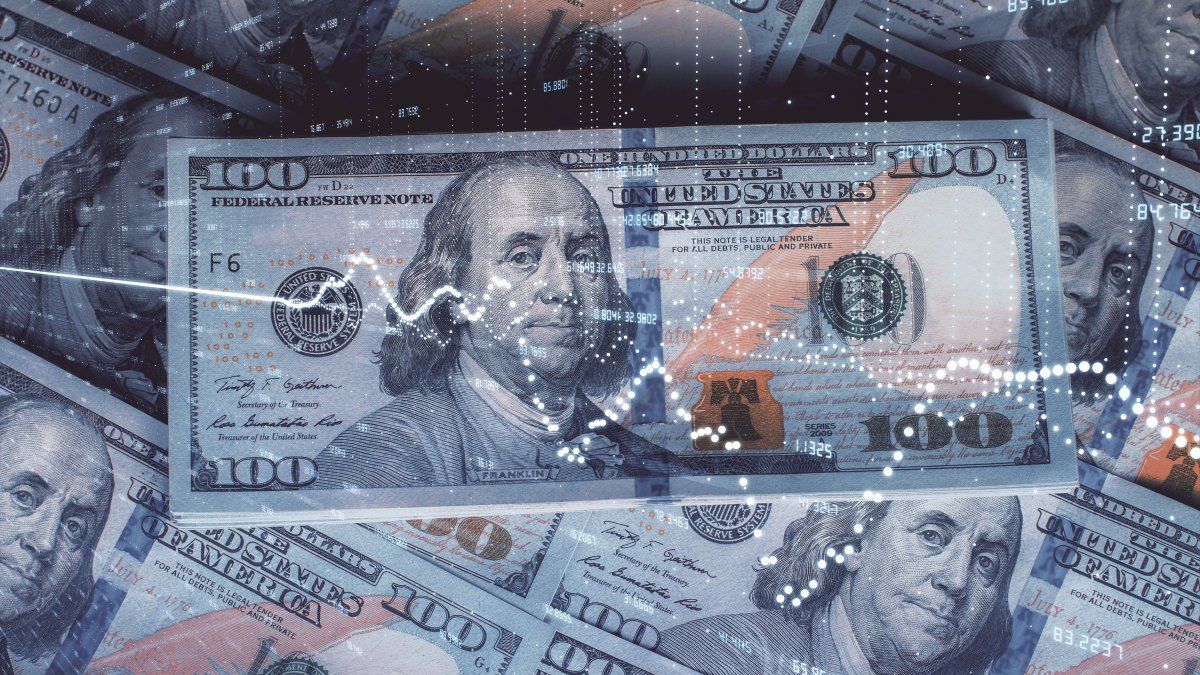This means that inflation has reached its highest level since August 1984, when the inflation rate was 6.0 percent, Statistics Austria announced on Thursday. Strong price drivers are the persistently high fuel prices and household energy.
In February, the price of diesel rose by almost a third year-on-year, and premium petrol by more than a quarter. The working price for gas rose by a whopping 70 percent. Electricity prices increased by more than a fifth compared to February 2021. Heating oil became more expensive by almost 50 percent. “Without the price increases in this area, the inflation rate would have been 3.8 percent,” said Statistics Austria Director General Tobias Thomas.
Higher fuel and household energy prices also pushed up spending on transport and housing. The prices for housing, water and energy were increased by an average of 7.7 percent, for transport by an average of 10.6 percent, according to calculations by Statistics Austria.
Used cars cost 14.2 percent more, new ones 5.7 percent. Repairs to private transport rose by 4.0 percent. Only flight tickets became cheaper in February by 7.3 percent year-on-year.
The price spiral has thus turned upwards, in January inflation in Germany was still 5 percent. The harmonized inflation rate (HICP) determined for euro zone comparisons for Austria was 5.5 percent. The difference is due to weight differences between consumer price index (CPI) and HICP. Inflation is currently high across Europe and is well above the 2 percent target of the ECB.
But even apart from the high energy prices, life in Austria has become more expensive. In restaurants and hotels, prices increased by an average of 6.7 percent, while prices for leisure and culture rose by an average of 4.3 percent.
Food and non-alcoholic beverages increased in price by an average of 4.3 percent, slightly less than in January, when the increase was 4.9 percent. Meat prices rose 3 percent in February. Bread and cereal prices rose 5.9 percent and vegetable prices rose 6.8 percent. Milk, cheese and eggs together cost 3.0 percent more and oils and fats 12.9 percent. Soda rose by almost 10 percent and coffee by 6 percent. There was a sharp price increase of almost 22 percent for butter. Fruit yoghurt (+16.4 percent), whole milk chocolate (+15.8 percent) and bottled beer (+12.4 percent) also increased at an above-average rate in February compared to 2021.
Rents, which fell by an average of 2.6 percent, proved to be the strongest price damper in a year-on-year comparison.
Source: Nachrichten




